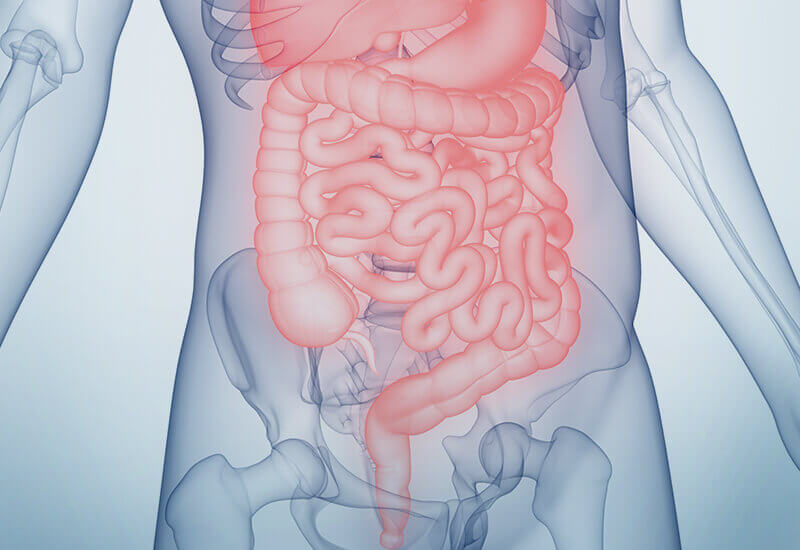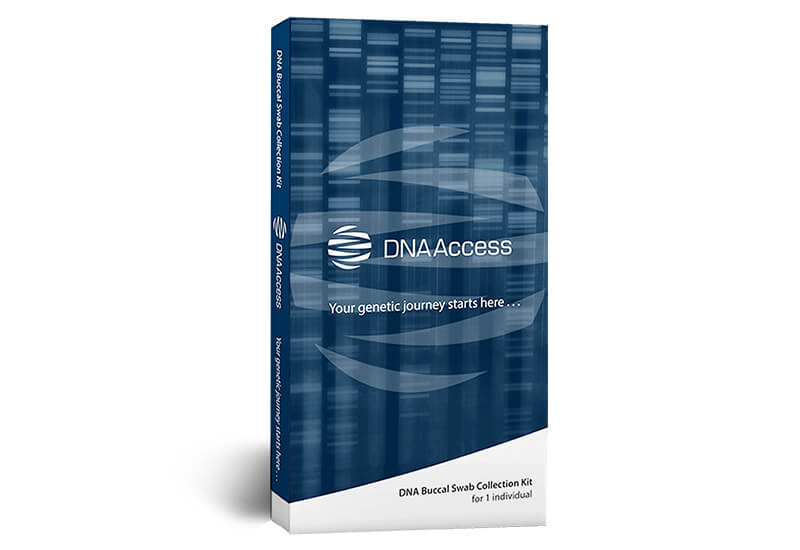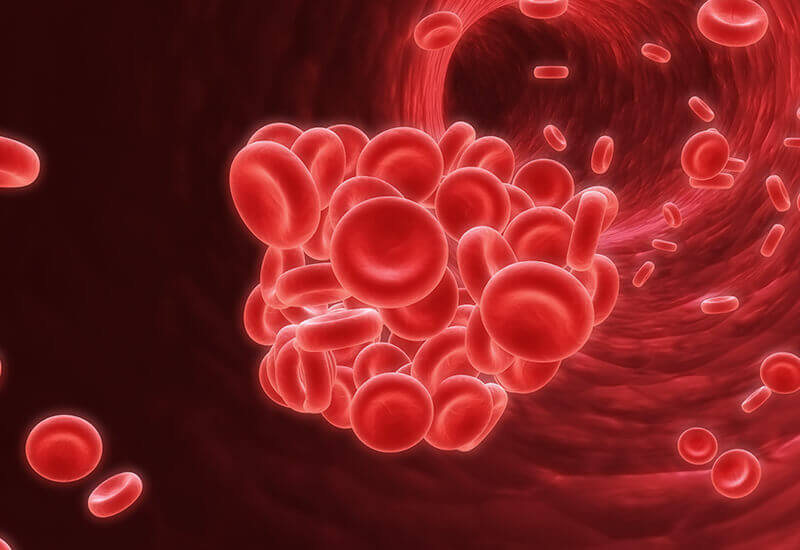Description
What is Hemochromatosis?
Hemochromatosis is an iron disorder in which the body absorbs and stores too much iron. Primary or hereditary hemochromatosis is a genetic disorder that leads to an excess of iron in the body’s joints and organs, causing serious damage and can be fatal if left untreated. Iron is found in many foods and normally people absorb only about 8-10% of this iron in order to make hemoglobin to carry oxygen in the blood. People who do not have adequate iron in their diet suffer from anemia, while people affected with hemochromatosis can absorb 3 – 4 times more iron than normal. Hemochromatosis is the most common genetic disorder for individuals of European descent. Approximately 1 in 200 individuals of European ancestry are affected by hemochromatosis. While both men and women can inherit the defective gene, men are more likely to be diagnosed. On average, men develop symptoms between the ages of 30-50, compared to women who are diagnosed after 50, often 10-15 years after menopause.
TURNAROUND TIME
SAMPLE TYPE
AGE REQUIREMENT
GENDER
Test Details
What Causes Hemochromatosis?
Hereditary or primary hemochromatosis is caused by defects in the HFE gene. One of the roles of the HFE protein is to regulate the amount of iron that is absorbed from the diet. When mutations occur in the HFE gene, too much iron is absorbed and accumulates in the body. This excess iron cannot be excreted from the body, but it can be safely removed by a blood donation or phlebotomy. An early hemochromatosis diagnosis allows for routine monitoring of iron levels and regular blood removal, to ensure that iron levels remain within the normal range.
How is Hemochromatosis Inherited?
The HFE gene is located on an autosome (chromosome 6). Autosomes are inherited in pairs – one from each parent; hence people carry two copies of the HFE gene. Hereditary hemochromatosis occurs when two defective copies of the HFE gene are inherited. The three common disease-causing mutations in the HFE gene are known as C282Y, H63D and S65C. Approximately 1 in 9 individuals of European ancestry carry at least one defective copy of HFE. Most people with one normal copy and one defective copy do not develop symptoms of the disease. However, in a small fraction of individuals with only one defective copy, iron overload can be triggered by other factors, such as hepatitis or alcohol abuse.
Symptoms of Hemochromatosis
Hemochromatosis is hard to diagnose, because it involves symptoms also seen in many other health conditions. Affected individuals begin accumulating iron from a young age but the symptoms do not appear until later in life. The symptoms vary between individuals, making diagnosis a difficult task. The most common early symptoms of hemochromatosis are fatigue and joint pain, particularly in the hands, hips, knees and/or ankles. The ‘Iron Fist’ is a symptom that is specific to hemochromatosis but is not experienced by all affected people. The ‘Iron Fist’ refers to pain in the joints of the pointer and middle fingers. Other symptoms of hemochromatosis can include a lack of energy, abdominal pain, memory problems, depression, decreased sex drive, shortness of breath and heart flutters. If hemochromatosis is left untreated, serious health complications can occur. These complications affect the endocrine system, the heart, liver, spleen, gall bladder, skin, bones and joints. Endocrine problems include an increased risk of diabetes, hypothyroidism, infertility, impotence and hormone imbalances. An irregular heart rate, enlarged heart and heart failure can all occur. The liver and spleen can become enlarged and develop cirrhosis (scarring), diseases or cancer. Sometimes the skin develops an abnormal bronze, reddish or grey color and bones and joints are often affected by osteoarthritis and osteoporosis.
DNA Testing for Hemochromatosis
A simple DNA test can be completed to determine whether a person is at risk of developing hemochromatosis. The DNA test identifies three specific changes in the HFE gene, which are associated with an increased risk of hemochromatosis. Hemochromatosis is an autosomal recessive disease, meaning that two defective copies of the HFE gene are requried before symptoms occur. The most at-risk genotype is two copies of the C282Y mutation (C282Y homozygote). This occurs in 80-85% of affected individuals. Two copies of either of the other two mutations (H63D or S65C) may slightly increase the risk of hemochromatosis, but often no symptoms are observed. Compound heterozygotes have two defective HFE genes, but each copy carries a different mutation. The C282Y/H63D and C282Y/S65C compound heterozygotes are associated with a milder form of hemochromatosis. The H63D/S65C compound heterozygote does not appear to increase the risk of hemochromatosis.
Recommended Links:
- Duchini A, Klachko DM, Sfeir HE (2014). Hemochromatosis.
- Hemochromatosis.org. Provided by Iron Disorders Institute.
- Hemochromatosis. National Heart, Lung, and Blood Institute. National Institutes of Health.
- Beutler E, Felitti V, Gelbart T, Ho N (2001). Genetics of Iron Storage and Hemochromatosis. Drug Metabolism and Disposition. 29(4): 495-499.
- Ajioka RS, Kushner JP (2003). Clinical consequences of iron overload in hemochromatosis homozygotes. Blood 101(9): 3351-3353.





